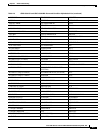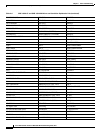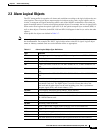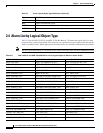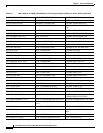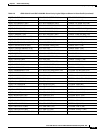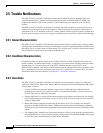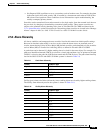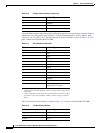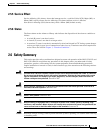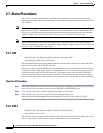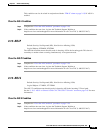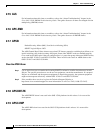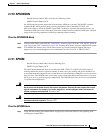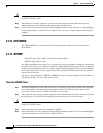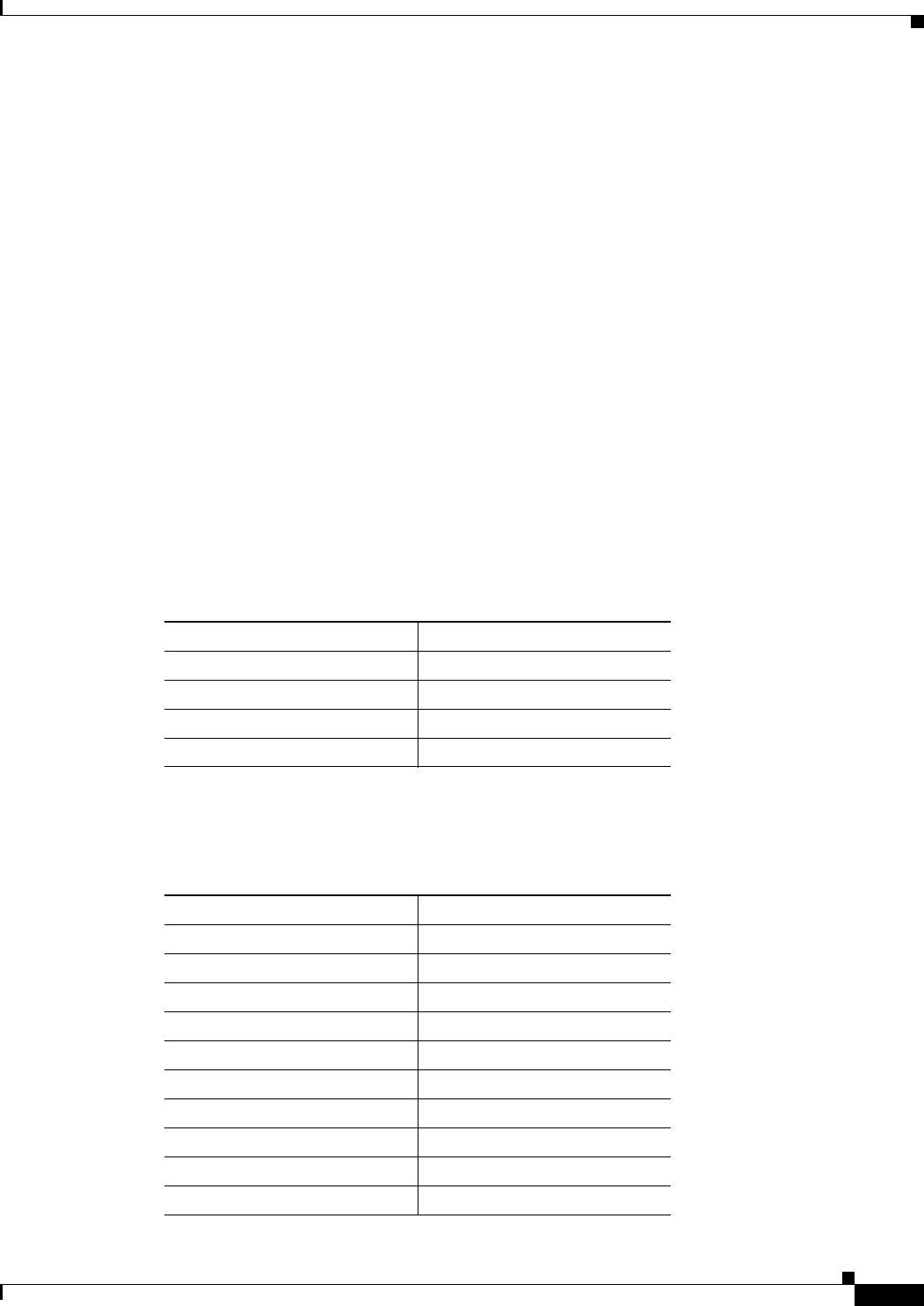
2-15
Cisco ONS 15310-CL and Cisco ONS 15310-MA Troubleshooting Guide, R7.0
Chapter 2 Alarm Troubleshooting
2.5.4 Alarm Hierarchy
• Not Reported (NR) conditions occur as a secondary result of another event. For example, the alarm
indication signal (AIS), with severity NR, is inserted by a downstream node when an LOS (CR or
MJ) alarm occurs upstream. These conditions do not in themselves require troubleshooting, but
usually accompany primary alarms.
Severities can be customized for an entire network or for single nodes, from the network level down to
the port level, by changing or downloading customized alarm profiles. These custom severities are
subject to the standard severity-demoting rules given in Telcordia GR-474-CORE and shown in the
2.5.4 Alarm Hierarchy section. Procedures for customizing alarm severities are located in the “Manage
Alarms” chapter in the Cisco ONS 15310-CL and Cisco ONS 15310-MA Procedure Guide.
2.5.4 Alarm Hierarchy
All alarm, condition, and unreported event severities listed in this manual are default profile settings.
However in situations when traffic is not lost, such as when the alarm occurs on protected ports or
circuits, alarms having Critical (CR) or Major (MJ) default severities can be demoted to lower severities
such as Minor (MN) or Non-Service-Affecting (NSA) as defined in Telcordia GR-474-CORE.
A path alarm can be demoted if a higher-ranking alarm is raised for the same object. For example, If a
path trace identifier mismatch (TIM-P) is raised on a circuit path and then a loss of pointer on the path
(LOP-P) is raised on the path, the LOP-P alarm stands and the TIM-P closes. The path alarm hierarchy
used in the ONS 15310-CL and ONS 15310-MA systems is shown in Table 2-9.
Facility (port) alarms also follow a hierarchy; lower-ranking alarms are closed by higher-ranking alarms.
The facility alarm hierarchy used in the systems is shown in Table 2-10.
Table 2-9 Path Alarm Hierarchy
Priority Condition Type
Highest AIS-P
—LOP-P
— UNEQ-P
Lowest TIM-P
Table 2-10 Facility Alarm Hierarchy
Priority Condition Type
Highest LOS
—LOF
—AIS-L
— SF-L
—SD-L
—RFI-L
—TIM-S
—AIS-P
—LOP-P
— SF-P



